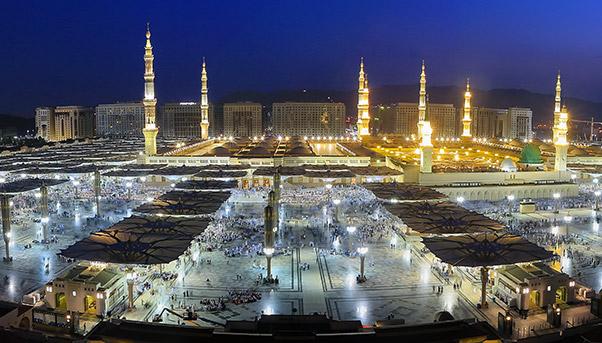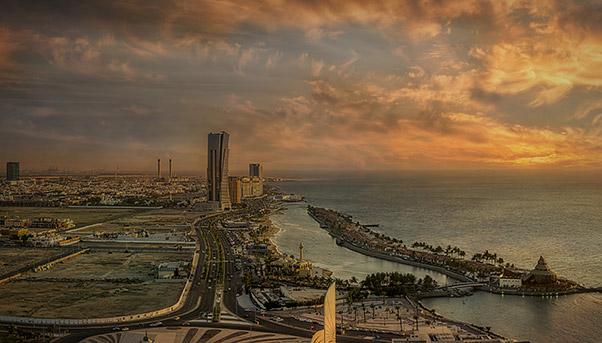
The first set off on October 4 with 417 passengers on board. Gleaming white with the familiar snout that cuts through the air at speeds of up to 300 kilometres per hour, the train of the Haramain High Speed Railway began serving two of the holiest sites of the Islamic world under one of the most important transport projects of Saudi Arabia. Crossing 450 kilometres of desert along the peninsula, the service connects the holy cities of Mecca and Medina with the port of Jeddah on the Red Sea. At a cost of $7.8 billion, it is the latest example of the kingdom’s conviction that high-speed rail service is the future of public transport in the Middle East where it promises to give a boost to religious tourism.
With speed, frequency of service and interior comforts, the train is expected to carry 60 million passengers a year. At the moment, the service is offering eight journeys a day in either direction. There are plans to increase it to 12 in 2019. The line has five stations: Mecca, Jeddah, King Abdulaziz International Airport, King Abdullah Economic City and Medina.
«It is a moment that marks a historical national turning point in the Kingdom’s modern transportation», Rumaih Al-Rumaih, president of the Public Transport Authority, told reporters at the inauguration of the service to the public.
Development of the Haramain High Speed Railway was financed by a Saudi sovereign fund called the Public Investment Fund. The aim is to increase transport services to the kingdom’s holy sites as well as encourage the further development of the King Abdullah Economic City.

Plans are to expand the line to connect Jeddah’s airport with Riyadh, the capital.
«The journey between the Haramain (two holy mosques) is now shorter and easier than at any time before», Nabil al-Amoudi, the Saudi transport minister, told dignitaries gathered at the Jeddah station, according to the local press. «The project highlights the Kingdom’s commitment to serving Islam and Muslims».
Religious tourism is important to Saudi Arabia for political as well as economic reasons. The Hajj, the pilgrimage to holy sites that every Muslim is expected make at least once in their lifetime, generates billions of dollars in revenues from food, gifts, hotels and transport services.
In 2017, two million people came for the Hajj, while another 6.5 million came for the Umrah, another pilgrimage that foresees visits to minor sites, according to government estimates. With the start of the high-speed train service, the numbers are expected to rise to a combined 20 million by 2020.
To support this strong increase, the kingdom is overseeing a number of urban development projects, especially in Mecca. In the holy city, there is the construction of a series of hotels, while there is the restructuring of the Grand Mosque.
Part of the kingdom’s Vision 2030 plan to reduce the economy’s reliance on oil, the high-speed rail service is but one of a number of projects being pursued to improve the availability of public transport. In the capital, the Riyadh Public Transport Project is overseeing the construction of six metro lines for a combined 176 kilometres. The longest is Line 3. Also known as the Orange Line, it has 22 stations and it is being built by a consortium including Salini Impregilo. The entire project involves 50,000 workers with an estimated cost of more than $20 billion.

